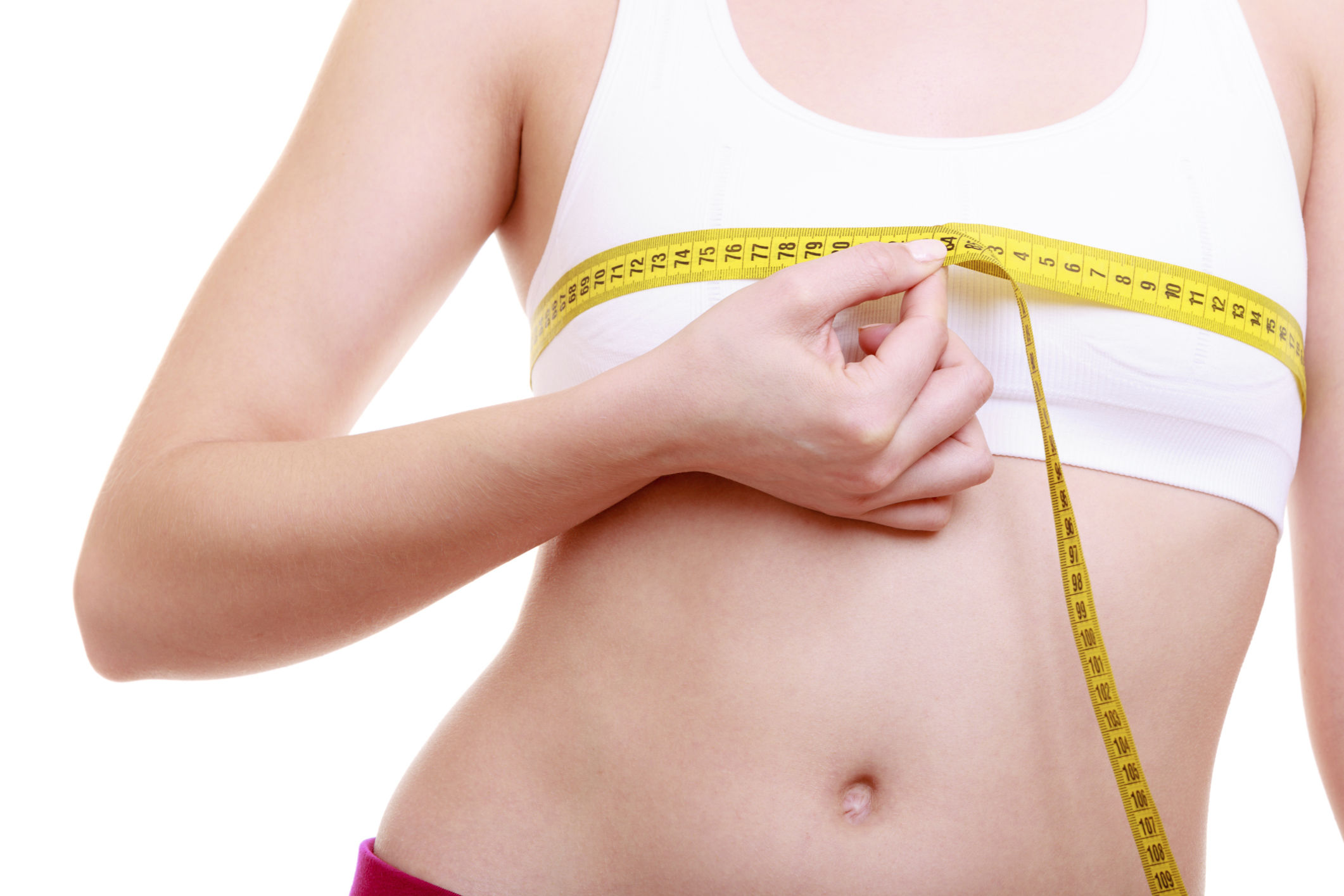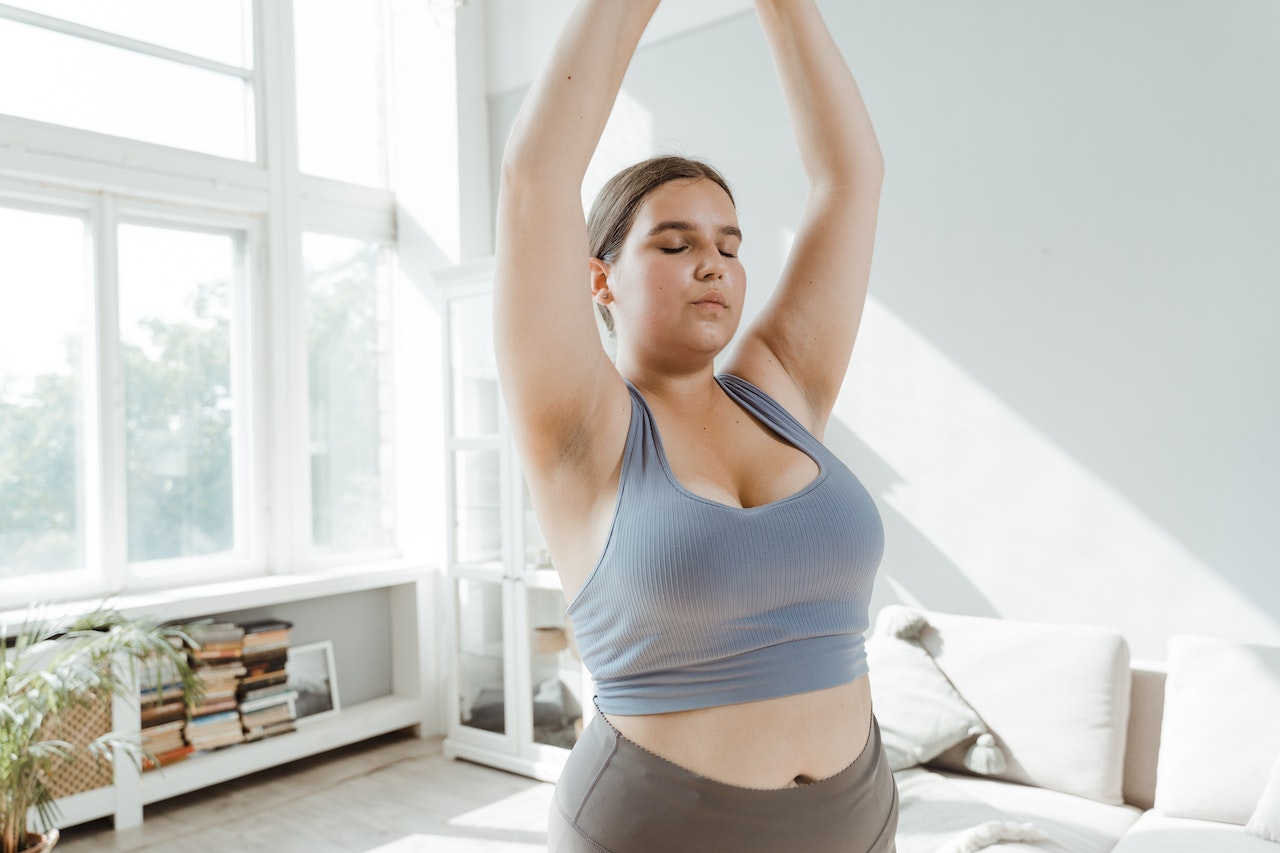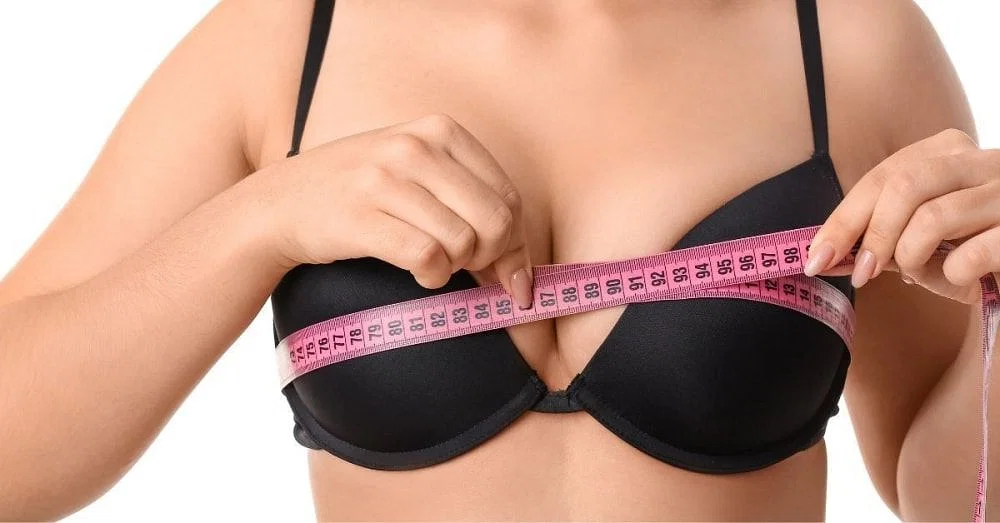Exploring ways to reduce breast size without exercise is a topic of interest for many seeking comfort and confidence in their body shape. While exercise is often recommended for overall health and weight management, there are alternative methods to achieve a reduction in breast size. This guide looks into various non-exercise strategies, including dietary changes, lifestyle adjustments, and medical interventions, offering insights for those looking to reduce their breast size safely and effectively.

Contents [hide]
- 1 How To Make Breasts Smaller Without Exercise?
- 2 When Are Breasts Considered Large?
- 3 What Are The Causes Of Having Big Breasts?
- 4 Frequently Asked Questions
How To Make Breasts Smaller Without Exercise?
Reducing breast size without exercise involves several strategies that target body fat reduction, hormonal balance, and lifestyle adjustments. While surgical options exist, many seek non-invasive methods first. Here are several approaches:
1. Dietary Changes:
Reduce Caloric Intake:
Lowering your overall body fat can indirectly reduce breast size. Adopt a balanced diet with a slight caloric deficit, focusing on whole foods, fruits, vegetables, lean proteins, and whole grains.
Limit Fatty Foods:
While you can’t target breast reduction through diet alone, reducing overall body fat by limiting the intake of high-fat, processed foods can contribute to smaller breast size over time.
Increase Fruits and Vegetables:
A diet rich in fruits and vegetables can help maintain a healthy weight and reduce body fat, indirectly affecting breast size.
2. Hormonal Management:
Consult a Healthcare Provider:
Hormonal imbalances can contribute to larger breast size. A healthcare provider can offer advice or treatment options to manage hormone levels, potentially affecting breast size.
Consider Birth Control Alternatives:
Some hormonal birth control methods can increase breast size. If you notice this side effect, discussing alternative birth control methods with your healthcare provider might help.
3. Clothing Choices:
Wear Supportive Bras:
A well-fitted, supportive bra can make breasts appear smaller and more lifted, improving posture and comfort.
Opt for Minimizer Bras:
Minimizer bras are designed to redistribute breast tissue, making the breasts appear smaller and more proportional to your body.
4. Natural Supplements:
Try Herbal Remedies:
Some herbal supplements claim to balance hormones or reduce fat. However, efficacy varies, and you should consult with a healthcare provider before starting any supplement, especially if you have health conditions or take medications.
5. Weight Management:
Achieve a Healthy Weight:
Reaching and maintaining a healthy weight through a balanced diet can reduce overall body fat, which may include fat from the breasts.

6. Cosmetic Procedures:
Consider Liposuction:
Liposuction is a less invasive surgical option that can remove fat from the breasts, reducing their size without extensive surgery.
Explore Reduction Mammoplasty:
For significant reduction or if other methods are ineffective, breast reduction surgery is a more direct approach to decrease breast size, involving the removal of breast tissue and fat.
7. Lifestyle Adjustments:
Reduce Alcohol and Caffeine:
Excessive consumption of alcohol and caffeine can affect hormone levels and body fat. Moderating intake might help with overall fat reduction.
8. Medical Treatments:
Evaluate Prescription Medications:
Some medications can inadvertently increase breast size. If you suspect your medication is affecting your breast size, discuss alternatives with your healthcare provider.
When Are Breasts Considered Large?
Breasts are considered large in a relative sense, often depending on individual body frame, overall body fat distribution, and subjective perceptions of what is deemed large. However, from a medical or bra fitting perspective, breasts might be considered large based on bra cup size and the difficulties they may pose in finding appropriate clothing, experiencing physical discomfort, or dealing with health issues like back pain. Typically, in bra sizing, cup sizes of D and above (such as DD, E, F, and beyond) can be considered large for most body frames.
The perception of what constitutes large breasts can vary greatly among cultures, individuals, and fashion trends. Some may consider a C cup to be large, while others may not consider breasts large until they reach a DD cup or larger. It’s also important to consider the band size in relation to the cup size; for example, a 34D may have a significantly different breast volume than a 40D.

Health professionals and bra fitting experts often focus on the fit and support needs rather than the specific size when considering if breasts are “large.” Issues like shoulder pain, neck pain, backaches, and skin irritation under the breast area can indicate that the breasts are large for that individual’s body frame and may require specific types of support or intervention.
What Are The Causes Of Having Big Breasts?
Breast size is determined by a combination of factors, including:
1. Genetics: This is the most significant factor influencing breast size. You inherit genes from both parents that contribute to the amount of breast tissue you develop.
2. Hormones: Fluctuations in hormone levels throughout life play a role in breast development.
- Estrogen: Primarily responsible for breast growth during puberty, pregnancy, and breastfeeding.
- Progesterone: Plays a supportive role alongside estrogen in breast development.
- Other hormones: Growth hormone, thyroid hormones, and insulin can also indirectly influence breast size.
3. Weight: Breasts contain fatty tissue, so weight fluctuations can affect their size. However, it’s important to remember that focusing solely on weight to manage breast size is not recommended, as it can be unhealthy and unsustainable.
4. Medical conditions: Certain medical conditions or medications can influence breast size, though this is less common. Consulting a healthcare professional is crucial if you have concerns related to any medical conditions.
Understanding the causes behind large breasts can help you make informed decisions about managing their size effectively.
Frequently Asked Questions
What factors contribute to having large breasts?
Genetics, hormonal changes, weight gain, and personal habits can all contribute to having large breasts. Factors such as inherited genes, hormonal fluctuations, weight gain, and lifestyle choices play a role in determining breast size.
How can I naturally reduce my breast size?
Regular exercise, focusing on cardio and high-intensity exercises, can help shed chest fat and strengthen the muscles underneath the breasts to reduce their size. Exercise can target problem areas and help in reducing breast size naturally.
At what age do breasts typically stop growing?
For most people, breasts tend to stop growing by the age of 18, although development may continue for two years after the first period. The full process of breast development can take up to four or five years, with fluctuations in weight also affecting breast growth.
Is breast reduction surgery expensive?
The average cost of breast reduction (for aesthetic purposes) is around $6,771, according to the latest statistics from the American Society of Plastic Surgeons. Costs may vary depending on the surgeon, location, and specific requirements.
Do breast sizes change during the menstrual cycle?
Hormonal changes during the menstrual cycle can cause breast swelling. Estrogen levels peak just before mid-cycle, leading to growth in breast ducts. Meanwhile, progesterone levels peak around the 21st day of a 28-day cycle, potentially affecting breast size temporarily.
Will losing weight make my breasts smaller?
Losing weight, especially significant amounts like 20 pounds, can lead to a decrease in breast size. The extent of the reduction varies based on individual factors such as the proportion of fatty tissue to connective tissue and the amount of weight lost. Some women may notice a reduction of one cup size or more with weight loss.

Hello, I’m Ravindra. Over the years, I’ve immersed myself deeply into the world of fitness and health, transforming both my body and mind. Writing has allowed me to share my journey, insights, and expertise with those just starting out and seasoned fitness enthusiasts alike. Beyond just routines and diets, I believe in inspiring others to adopt a holistic approach to well-being.
